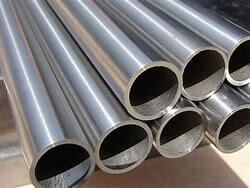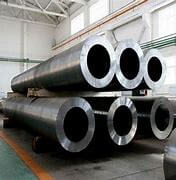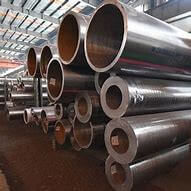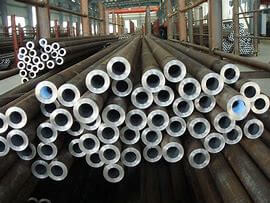API flange is a type of flange used in oil and gas industry applications that conform to standards set by the American Petroleum Institute (API). These flanges are typically made from carbon steel or stainless steel and are designed to withstand high pressure and high temperature environments.
API flanges come in several standard sizes and pressure classes, including:
– API 6A: Used for wellhead and Christmas tree equipment in oil and gas drilling operations. These flanges are available in pressure classes ranging from 2000 PSI to 20,000 PSI and in sizes ranging from 1-13/16 inches to 30 inches.
– API 16A: Used for blowout preventer (BOP) equipment in oil and gas drilling operations. These flanges are available in pressure classes ranging from 2000 PSI to 20,000 PSI and in sizes ranging from 2-1/16 inches to 30 inches.
API flanges are typically designed with a raised face or ring joint face to provide a secure seal between two flanges. They may also feature a male and female design, where the male flange fits inside the female flange to create a tight seal.
Overall, API flanges are designed to withstand the harsh operating conditions of the oil and gas industry and are a critical component of many drilling and production systems.
API 6A and API 16A are both standards set by the American Petroleum Institute (API) for flanges used in oil and gas industry applications. While they are similar in many ways, there are some key differences between API 6A and API 16A flanges. Here are some of the main differences:
1. Application: API 6A flanges are typically used for wellhead and Christmas tree equipment, while API 16A flanges are used for blowout preventer (BOP) equipment. The different applications require different pressure and temperature ratings, which are reflected in the standard specifications for each type of flange.
2. Pressure Rating: API 6A flanges are available in pressure classes ranging from 2000 PSI to 20,000 PSI, while API 16A flanges are available in pressure classes ranging from 2000 PSI to 15,000 PSI. This reflects the different pressure requirements for the two types of equipment.
3. Size Range: While both types of flanges are available in a range of sizes, API 6A flanges are typically available in larger sizes than API 16A flanges. API 6A flanges are available in sizes ranging from 1-13/16 inches to 30 inches, while API 16A flanges are available in sizes ranging from 2-1/16 inches to 30 inches.
4. Testing Requirements: API 6A and API 16A have different testing requirements for their respective flanges. API 6A flanges require hydrostatic testing, gas testing, and temperature testing, while API 16A flanges require hydrostatic testing and gas testing.
Overall, while API 6A and API 16A flanges are similar in many ways, they are designed for different applications and have different pressure and size requirements. It is important to choose the appropriate type of flange for each application to ensure safe and reliable operation.





